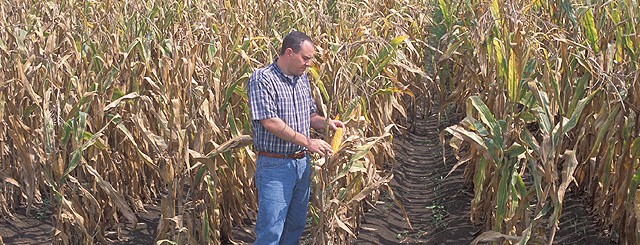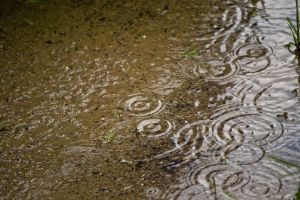Climate and Ag in the news
-

The Modern Farmer had a fascinating article this week on the production of tea in Turkey. According to the article, the people of Turkey consume more tea per capita than any other country in the world. To provide all this tea, Turkey started growing tea along the eastern shore of the Black Sea, and it…
-

The Packer noted that bad weather has affected supplies of watermelons from Mexico this year. They reported that volumes are down quite a bit from earlier in the season due to cold weather, which has delayed the ripening of the crop. Supplies are expected to be short until mid-March. “On Jan. 21, the U.S. Department…
-

If you like to watch the weather in other parts of the country like I do, you are following the developing story about the blizzard in the Northeast with a lot of interest. Here are a couple of links to interesting postings on the storm: Antecedent conditions for a nor’easter from the CIMSS satellite blog…
Posted in: Climate and Ag in the news -

An article in AgWeb this week with the title above describes a recent report called “Heat in the Heartland” that was written by a number of prominent business leaders about potential threats to corn and other agricultural crops as well as livestock in a warming climate. You can read the article here. The article describes…
Posted in: Climate and Ag in the news -

How do we know what the climate was before official measurements were taken? The historical instrumental records only go back to about the 1820s, when surgeons were the official observers at forts across the United States. To look at longer-term climate records, you have to use climate markers like tree rings to determine what the climate…
-

On this rainy Friday, I want to highlight a recent study which was published in Nature Communications. From Wikipedia: Petrichor (/ˈpɛtrɨkɔər/) is the earthy scent produced when rain falls on dry soil. The word is constructed from Greek, petra, meaning ‘stone’ + ichor, the fluid that flows in the veins of the gods in Greek…
-

Climate Central published an article last week describing the devastating 2011 wildfire season in the Southwest. The widespread fires can be attributed in part to warmer temperatures but are also related to lower humidities, since warmer air has the potential to hold more moisture than cooler air. In the article the author points out that the…